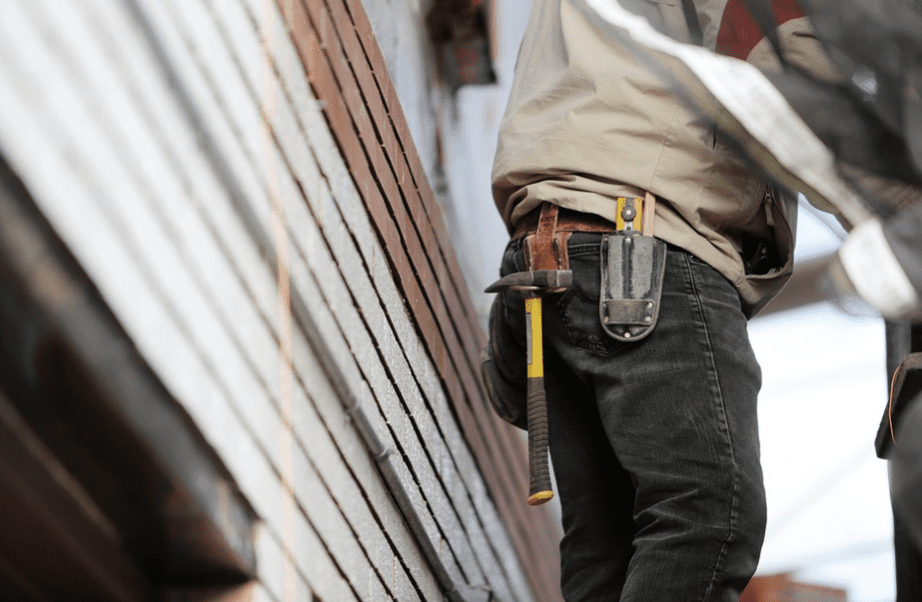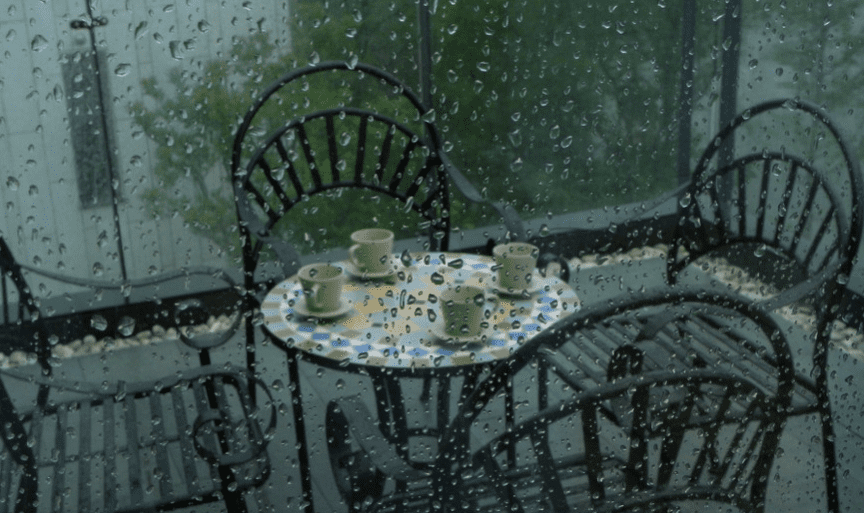Making additions to your single-wide mobile home can be an excellent way to increase its value, create extra living space, and make it look and feel more like a piece of the prime real estate. As the smallest type of mobile home, no one can blame you for wanting to create something more to work with.
Or instead of adding on why not just sell it? We can move it out! Click Here!
You may wonder what type of additions you can make to a mobile home as well as what you need to know before you get started. In this article, we’ll introduce you to some of the most common upgrades to consider when adding to your single-wide.
We will also give you a few pro tips and tricks that will make the process go smoother, protect your home, and make sure you get value for your money and effort.
Valuable additions to make to your single-wide
Here are some of the most common and popular additions to make to a single-wide mobile home. These additions either add utility, protection, value or a combination of all three to your mobile home.
Patio, screen enclosure or sunroom
Manufactured houses have a distinctly more outdoorsy feel than real estate. Why not take this a step further with a patio, screen enclosure or sunroom? These additions are readily available as customization options when you buy a home or as aftermarket installations.
One common addition to mobile homes is a raised porch that’s connected to one of the exterior doors with a rail around it and steps leading down to the ground. This can help to break up the “boxy” appearance of the hose and provide relaxing outdoor space.
Once you have a porch, you can easily upgrade to a sunroom or screen enclosure. Erect it in your front yard for added curb appeal or in the back for a more private setting.
They can be small and cozy or the size of an entire room. Patio Enclosures make these types of mobile home additions and you can see from their previous work how fantastic this type of upgrade can look.
They can be small and cozy or the size of an entire room. Patio Enclosures make these types of mobile home additions, and you can see from their previous work how fantastic this type of upgrade can look.
Because they are relatively simple structures, they don’t carry a lot of extra weight. Therefore, you can easily construct them to bear their own weight instead of placing a strain on the home’s structure.
In general, you can expect to fork out anywhere from $4,000 to $10,000 for a deck or porch. Or between $7,000 to $70,000 for an entire sunroom. A screen enclosure will factor in somewhere in the middle of those too. The costs can vary dramatically based on whether you do it yourself. Additionally, consider the materials you use and how large you want it to be.
Exterior doorsteps
If you don’t want to go all out with a big porch, you can always just go with a small dais for your exterior door with steps leading down. On the other hand, skip it all and just add new stairs. The most common reason for this is purely aesthetic. Typically, all raised mobile homes come with stairs. However, the stock ones can be pretty dull and uninspiring.
Carport
Most mobile homes do not come with carports attached. Obviously, this makes for a popular addition among owners. Just like a porch or sunroom, it’s a relatively simple structure that can bear its own weight and doesn’t need to be permanently fixed to the home itself.

You also have some leeway regarding how simple or extensive you want your carport to be. A carport can consist of only four support beams and a roof if you want it to. You can then start adding on walls, a garage door, etc. Bear in mind the most important thing is that it protects your car against whatever weather conditions you want.
If you want to go all out, you can even make sure there is enough space to store all your tools and gardening equipment, removing the need for a shed.
At stores like Mobile Home Parts Store, you can buy carport kits that they will attach to your home.
Convert to real es
Technically, this might not be an addition. But it is something that can add a lot of value to your mobile home. Converting a manufactured home to real estate will increase its value and make it easier and more attractive to finance.
This is a relatively common practice, and you can find licensed contractors to do it for you. It entails removing everything that makes the home “mobile.” That includes it’s chassis, axles, and wheels. Furthermore, if the foundation is adequate, the house is permanently affixed to its foundations.
The last step is to register your home as a piece of real estate with the county recorder’s office. To be eligible, a home needs to adhere to all the HUD requirements. Located on a privately owned parcel of land, it must also have gone through the physical conversion.
Roof over
A roof over is exactly what the name sounds like. Literally either replace your old roof with a new one or place a new roof on top of the existing one. This upgrade can have practical as well as aesthetic benefits.
If your roof is damaged or struggling to hold up to the local weather, a roof over can protect itroof. However, you will need to assess the condition of the existing roof first. If it’s too bad, there’s a good chance it will still disintegrate under the new roof, leaving you with more problems. You will also need to let a professional advice you on whether your home can take the extra load.
A better and safer solution is to replace the old roof with a new one. It’s surprisingly simple to do this as mobile home walls and roofs are actually independent units that are fixed together.
One common reason why people want a roof over is to replace their typical flat mobile home roof with a pitched roof. Pitched roofs are generally more stylish, make the home look like real estate, and can add value to the home. You can even install pitched or raised roofs with extra skylights, alcoves, etc. or just to make the interior more spacious.
Clever tips and tricks to make additions to your single-wide
Tip #1 Let someone else do it for you
The ultimate time and effort saving tip is not to a lift a finger customizing or adding onto your single-wide mobile home. Most of the top mobile home manufacturers today allow you to customize your home extensively before you buy it. These customizations can be as small as choosing specific appliances, different color schemes or special shower heads.
It can also be as significant as designing entire rooms, altering the standard floor plans with more or fewer rooms or making additions to the house. You should check with individual manufacturers to see what options they have available and what it will cost you. For example, here you can see the different exterior options that Clayton Homes offer.

You can also find contractors that are qualified to make these kinds of additions to mobile homes. A mobile home is not made of the same materials or with the same building practices as stick-built homes. Someone with experience working with mobile homes will most likely produce a far better result with less risk to your home.
Tip #2 Always refer to the HUD code
The Manufactured Home Construction and Safety Standards Act of 1976, or the HUD Code for short, underpins the federal standards for all manufactured homes. This act was put in place to make manufactured homes safer and to ensure an acceptable standard of living.
In general, few people realize that making additions to their mobile home willy nilly can violate the HUD Code. This will make the home ineligible for almost all kinds of financing, reduce its value, and make it less attractive to potential buyers.
The single rule that you need to be the most aware of when making additions is that no additions are allowed to bear on the original mobile home structure. Any addition must support itself completely. Certain exceptions can be made if the proper precautions have been taken to make sure that the addition won’t affect the home if it does bear on the home. However, it’s best to avoid this situation altogether.
There are very specific guidelines on how to approach the foundation of the addition, sealing it to the home, installing a roof, framing the walls, etc. You can find a comprehensive official guide on manufactured home foundations here.
Tip #3 Check your lease agreement and talk to your park management
Your lease agreement with your mobile home park might flat out ban you from making additions to the mobile home. This is particularly true of the exterior as park owners often want to ensure a standard look across the park.
Even if your lease doesn’t explicitly say you are not allowed to do it, that doesn’t necessarily mean that your management will be OK with it. Or, that the other park residents will be OK with the potential noise and disruption.
It’s best to get permission and/or the consent of the management so that you can proceed in a clear conscious and without the fear of being stopped midway. Your park management might also want to approve your specific plan, require that you make use of their approved contractor or that you are supervised during the process.
Tip #4 Apply for necessary permits
If you live outside of city limits, you don’t need to worry about approval for any additions and can make them to your heart’s content. However, most of us live in mobile home parks or city limits and will need to apply for permission to make any significant additions. The thing that can make this process a little frustrating is that you will need to go all the way up the chain of command.
Local, city and state administrations might all have their own specific permits. In some cases, state rules can override those from your local council or city. However, not doing this can land you in legal trouble. So it’s best not to take any chances.
Tip #5 Keep the local weather in mind
You should always think about the weather conditions when making additions to your home. The climate and local weather quirks will tell you what kind of weatherproofing your additions need. If you have storm windows or doors installed or you think it’s necessary, you should ensure your additions come with them too.

For example, if there is often heavy rain in your area, you would want to make sure your addition is watertight, especially where it connects to your home. If it’s a deck or porch, you need to make sure that any wood is properly protected with a sealant.
The wind is another important factor. Mobile homes are zoned according to what level of wind they can withstand. Your additions need to provide the same guarantee. When you request quotes to buy kits for mobile home additions, they will often ask for your local snow/wind/weather codes.
Follow procedures correctly and begin your new addition(s)
There you go, follow these tips and tricks to ease the process and make sure that you make a proper addition to your manufactured home. Many people make additions to their homes without following (or even knowing) about these tips, shooting themselves in the foot in the process. The last thing you want to do when trying to add value to your home is to do the complete opposite.
We hope you have found these ideas when adding to your single-wide home and the tips on how to do it valuable. If you want to update your mobile home to keep up with its shiny new addition, you might want to have a look at some mobile home renovations.
So, don’t let anything stand in your way of crafting your perfect home out of your single-wide mobile home. Your dream home could be only a few additions away.



